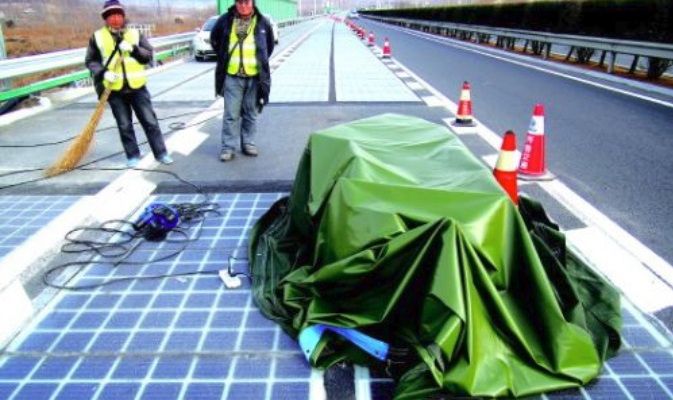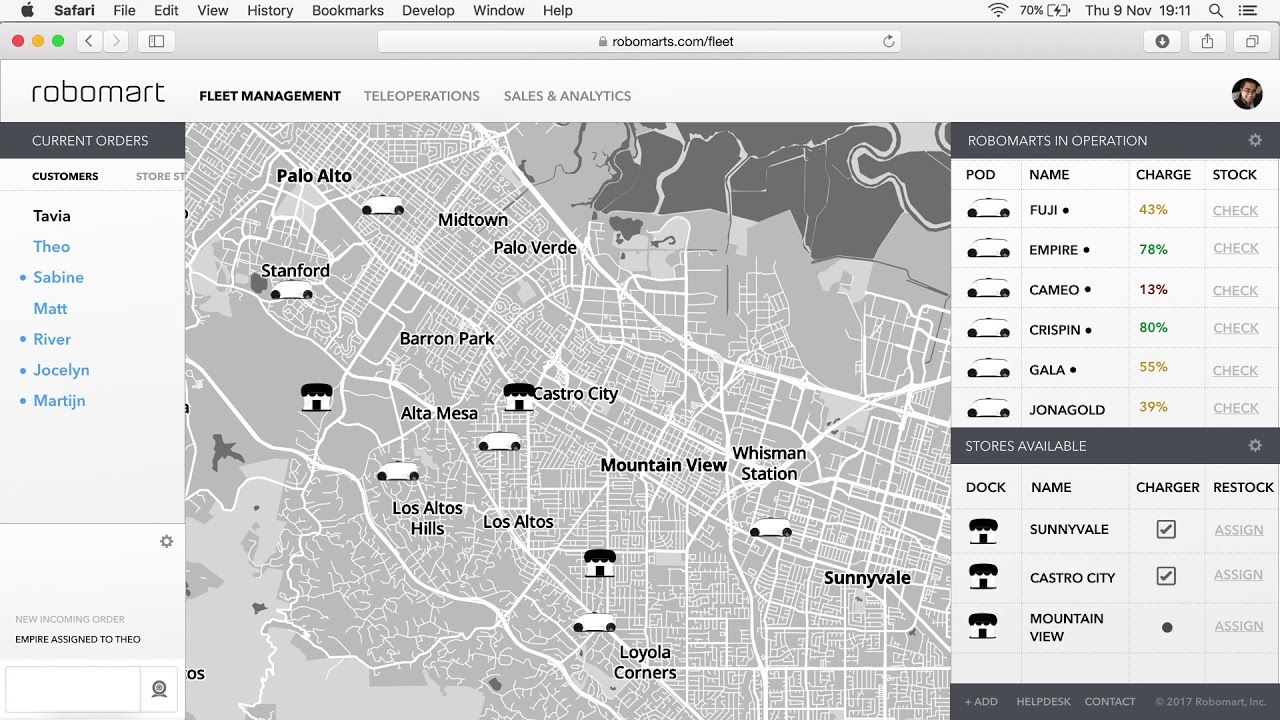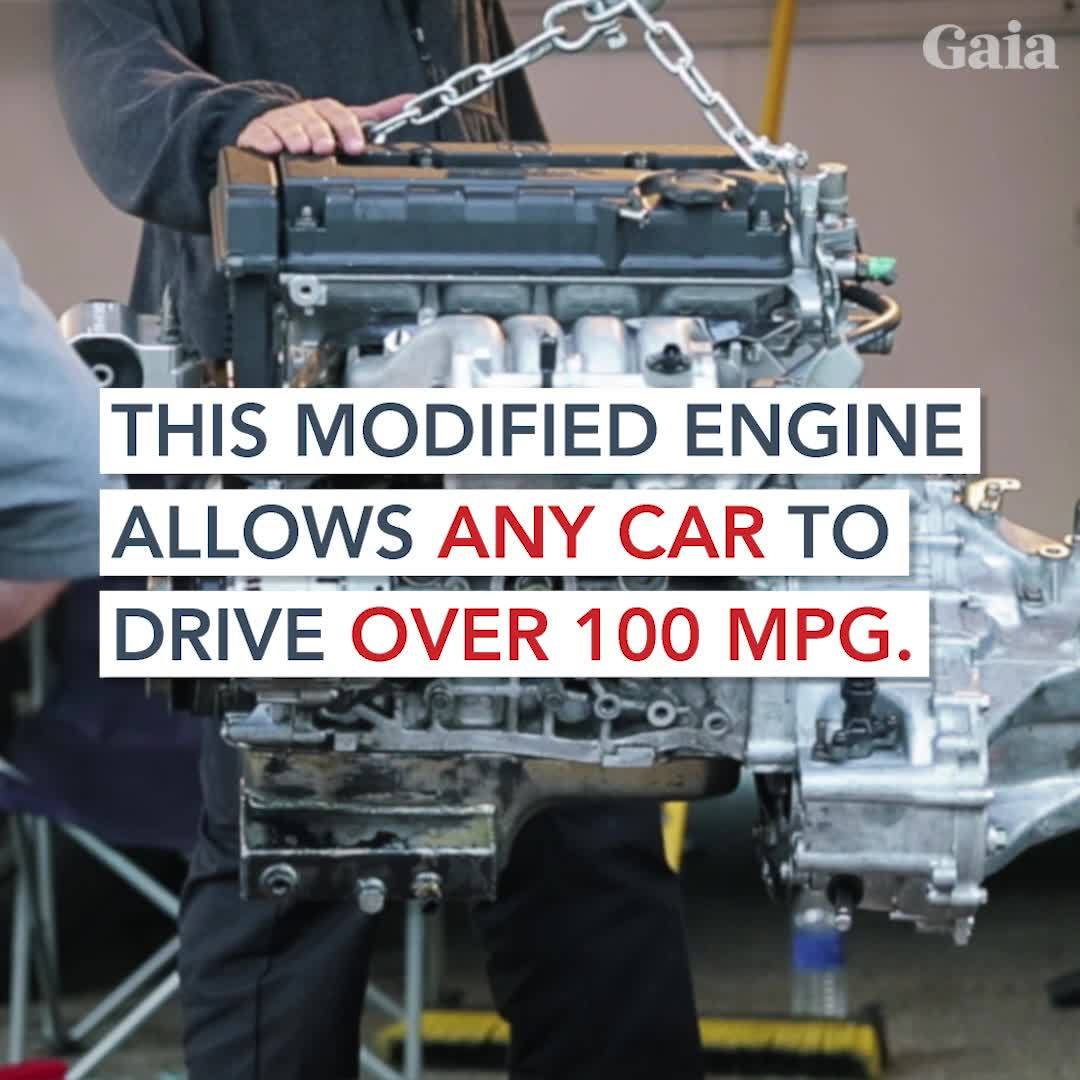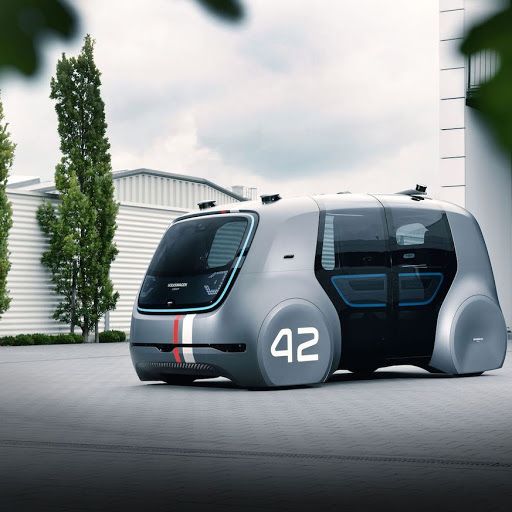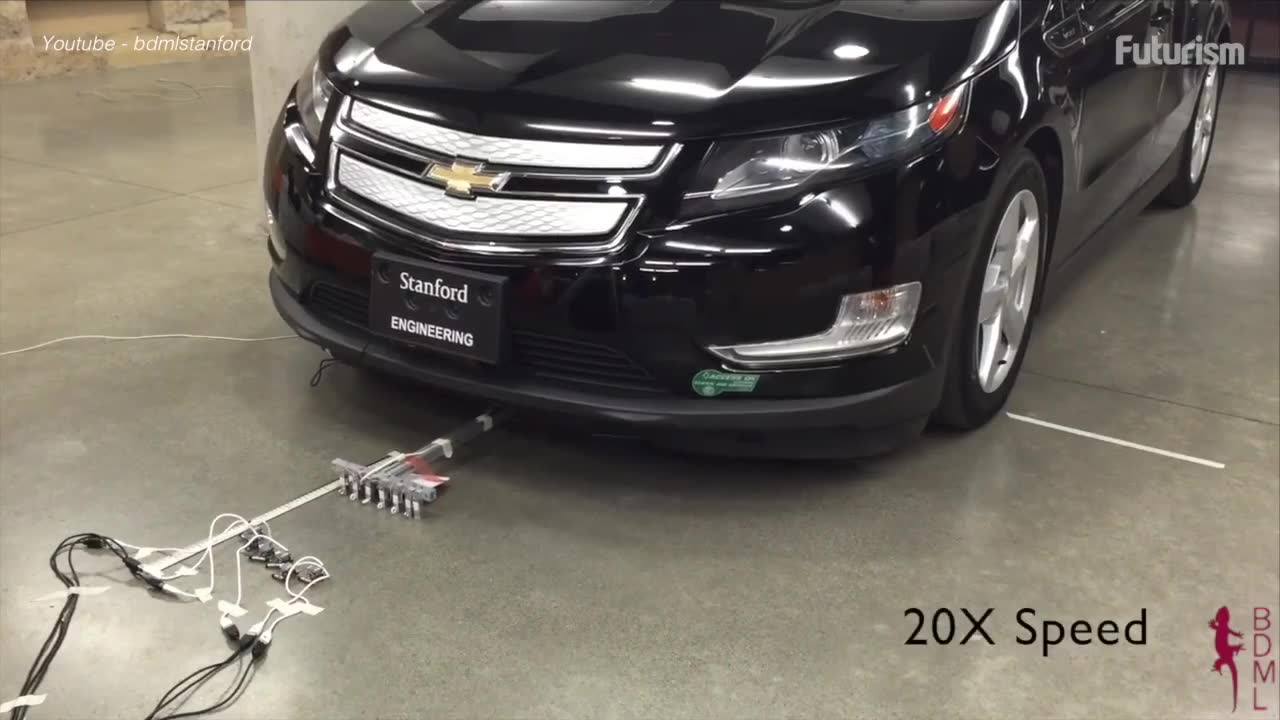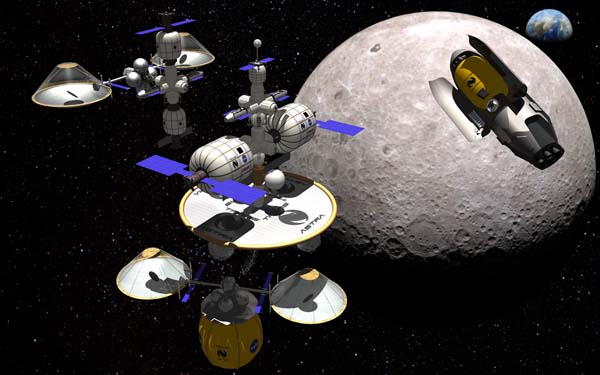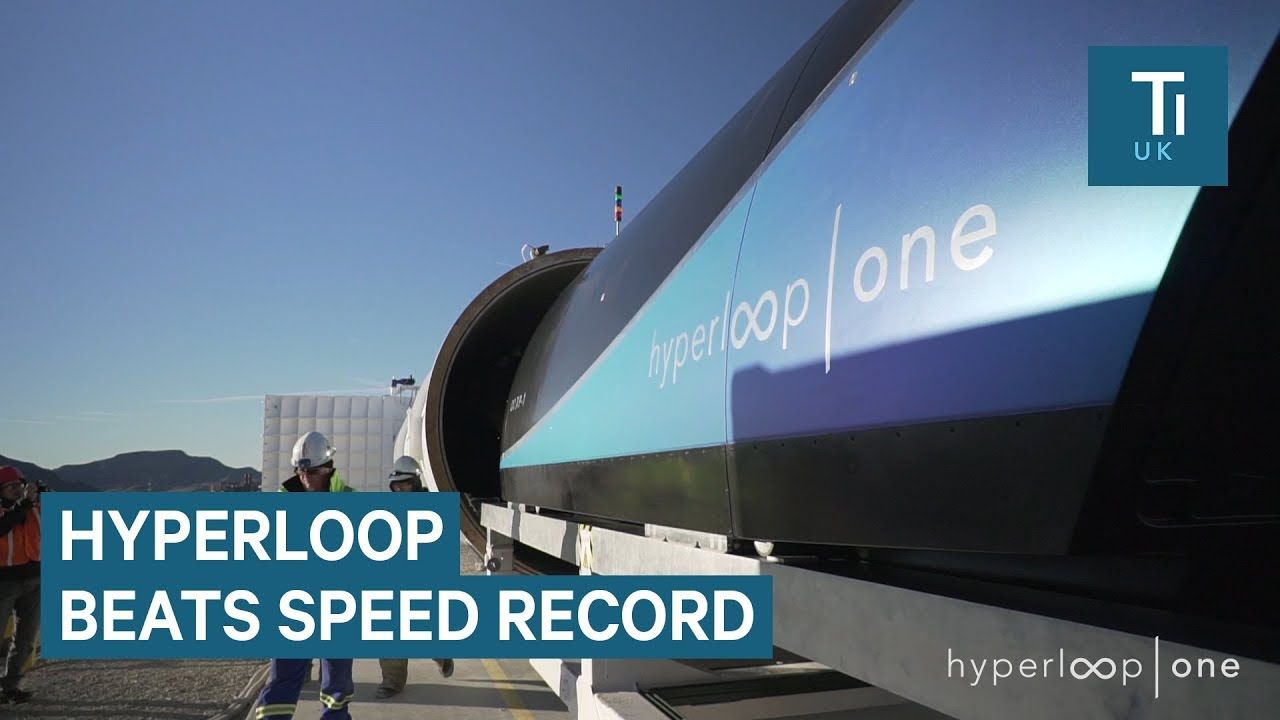I guess the idea works, but there’s one little snag.
Putting solar panels into our roads isn’t the craziest idea, but we may as well admit that it poses some unique challenges. For instance, people may want to walk away with pieces of it. That’s what happened in China, anyway, just five days after authorities opened up what they claim is the world’s first solar panel-paved highway.
As reported by the Qilu Evening News (and noted by TechNode), the experimental kilometer-long stretch of road in Shandong is covered in more than 10,000 solar panels, sandwiched between an insulating layer on the bottom and a durable, transparent one on top — less than 3 cm thick all told. There are coils that can charge electric cars as they drive over it, and the system can even warm up in order to melt snow and ice. It opened to use on December 28.
Unfortunately, during an inspection on the morning of January 2, officials found a narrow piece missing, neatly cut. About 6 inches wide and 6 feet long, the piece didn’t appear to have detached on its own — suggesting someone stole it. But why?
